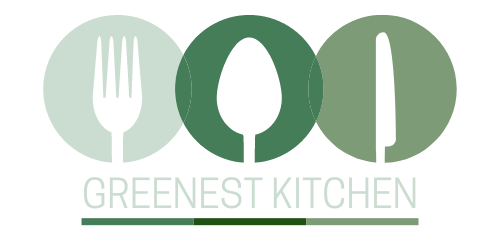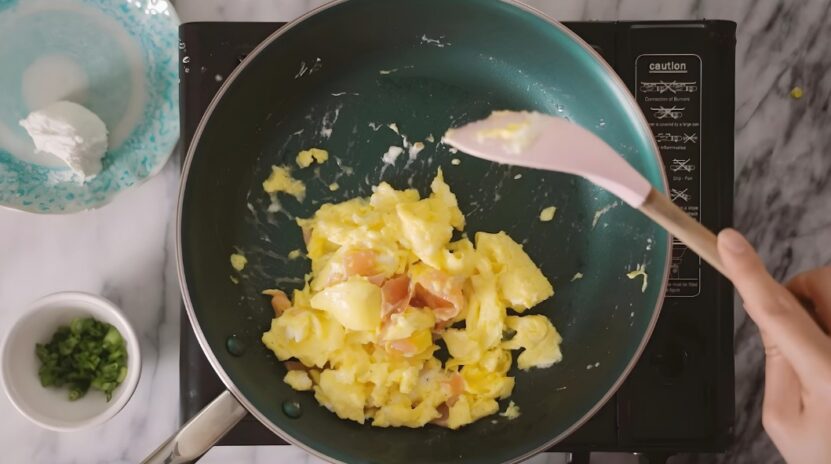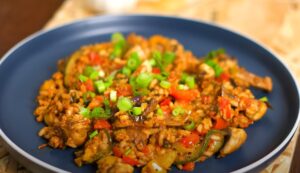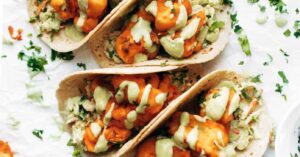Anyone who has ever made scrambled eggs understands that pan is maybe even more important than technique, egg quality, and skill. So, let’s just make something clear – a quality pan is necessary to create the ideal scrambled eggs!
But picking the best one might be challenging.
Luckily for you, my friends and I tested out a few of the pans available, and I’ll show you a couple that you should consider.
Since my kids love this dish, it wasn’t difficult for me to search until I discovered the greatest choices.
Now let’s look into the top ten pans for scrambled eggs. I considered factors including heat distribution, material, and size.
1. T-fal E93808 Professional Nonstick Fry Pan
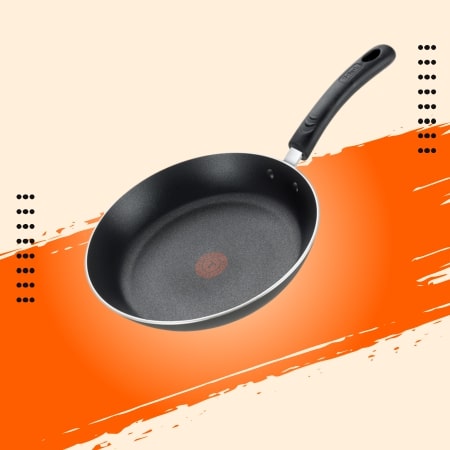
This pan is a popular choice for scrambled eggs because of its even heat distribution, nonstick surface, and durable construction.
Also, it has T-fal’s signature Thermo-Spot heat indicator. What does this mean? Well, this indicator shows when the pan is perfectly preheated and ready for cooking.
Handy addition, right?
The nonstick surface is great for easy preparation and effortless cleaning, which is a lifesaver on busy mornings (all housewives know what I’m talking about).
| Key Features | Additional information |
|---|---|
|
|
- Thermo-Spot heat indicator
- Prometal Pro nonstick interior
- Stainless steel base for even heat distribution
- Dishwasher safe and oven safe up to 400°F
- Affordable price
- Not induction compatible
- A handle may get hot during use
- The nonstick coating may wear off over time
- Not suitable for high-heat cooking
- Limited lifetime warranty
2. Calphalon Contemporary Hard-Anodized Aluminum Nonstick Cookware
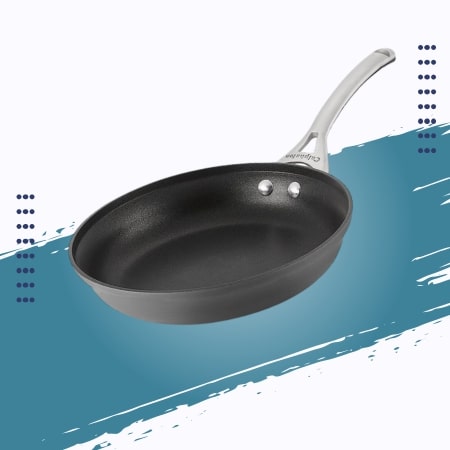
This one provides a combination of durability, even heating, and a nonstick surface.
The triple-layer nonstick coating is a dream for cleanup.
It’s oven-safe up to 450°F and works on most stovetops.
| Key Features | Additional Information |
|---|---|
|
|
- Heavy-gauge, hard-anodized aluminum construction
- Three-layer nonstick coating
- Stainless steel, the long handle stays cool during stovetop use
- Oven safe up to 450°F
- Compatible with gas, electric, and glass stovetops
- Expensive
- Not induction compatible
- Hand wash recommended
- The nonstick coating can deteriorate over time
- Some users may find it heavy
3. Lodge L8SK3 Cast Iron Skillet
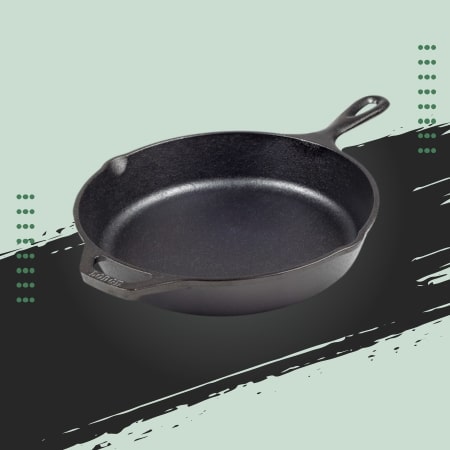
If you’re after something that lasts a lifetime, Lodge cast iron skillet is just for you.
It gets better with age and is perfect for those who appreciate good seasoning.
Plus, it’s flexible enough for the oven, stovetop, or even a campfire.
| Key Features | Additional Information |
|---|---|
|
|
- Pre-seasoned with natural oils
- Excellent heat retention and even cooking
- Extremely durable and long-lasting
- Oven, stovetop, grill, and campfire safe
- Induction compatible
- Heavy and not easy to handle
- Requires regular seasoning and maintenance
- Not dishwasher safe
- May rust if not properly cared for
- Not ideal for delicate or sticky foods
4. GreenLife Soft Grip Ceramic Non-Stick Open Frypan

For an eco-friendly option, the GreenLife ceramic pan is my go-to.
It’s lightweight, and the nonstick surface means easy cleanup. It has a ceramic nonstick coating free of PFAS, PFOA, lead, and cadmium, which moms care about the most because of the health and well-being of their children.
You can also learn more about ceramic cookware on our website.
| Key Features | Additional Information |
|---|---|
|
|
- Thermolon ceramic non-stick coating
- Free from PFAS, PFOA, lead, and cadmium
- Soft grip, stay-cool handle
- Dishwasher safe and oven safe up to 350°F
- Lightweight and easy to handle
- Not suitable for high-heat cooking
- The non-stick coating may wear off over time
- Not induction compatible
- May warp if exposed to extreme temperature changes
- Limited lifetime warranty
5. OXO Good Grips Non-Stick Pro Open Frypan
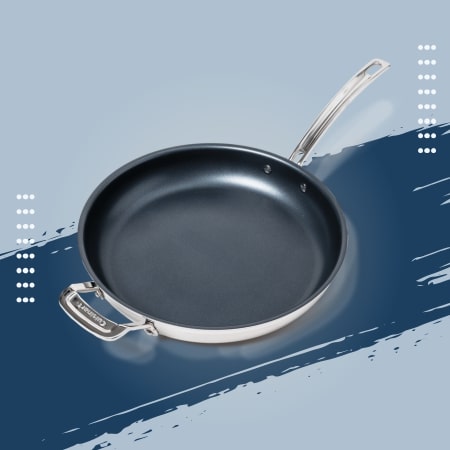
It features durable hard-anodized aluminum construction for even heating and a three-layer nonstick coating for effortless food release and cleanup.
The comfortable stainless steel handle stays cool to the touch all the time.
| Key Features | Additional Information |
|---|---|
|
|
- Hard-anodized aluminum construction
- Three-layer non-stick coating (PFOA-free)
- Stainless steel handle wrapped in heat-resistant silicone
- Dishwasher safe and oven safe up to 430°F
- Compatible with all stovetops, including induction
- Expensive
- The non-stick coating may wear off over time
- Some users may find it heavy
- Not suitable for extremely high-heat cooking
- Limited lifetime warranty

Hello guys, I’m a 36-year-old mother who runs a small business selling healthy snacks. I love to cook, and because I was a stay-at-home mom for a long time, I tried a lot of different things around the house. I’m glad that I can spend my free time writing on this blog with my two best friends.
